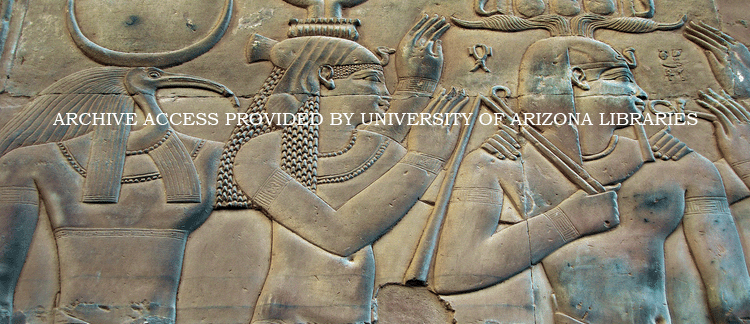Abstract
In 701 BCE Sennacherib, King of Assyria (704–681 BCE), conducted a campaign against the Levant to subdue the kingdoms that had rebelled against Assyria upon the death of his father, Sargon II (721–705 BCE) in battle. Sennacherib's written and pictorial sources describe the subjugation of the Levantine kingdoms voluntarily or after a siege, while a pitched battle against the Egyptian and Kushite forces is presented as a great victory. The Biblical account in 2 Kings 18: 13-16 matches the description, while the Prophetic sources describe the defeat of the Assyrian host by the Angel of the Lord. Herodotus II 141 preserves a different version of the Assyrian defeat, where the Egyptian ruler petitioned his God, Hephaistos (i.e., Ptah), and was unexpectedly delivered by mice, who gnawed the weapons of the Assyrians and caused their hasty retreat. In this article, I intend to reassess the story, clarify some passages, and illuminate it from different directions. Finally, I will evaluate the question of relationship of Herodotus II 141 to the Bibiical narrative, the Greek influences, and the date of the described event.
How to Cite
Kahn, D., (2014) “The War of Sennacherib Against Egypt as Described in Herodotus II 141”, Journal of Ancient Egyptian Interconnections 6(2), 23-33. doi: https://doi.org/10.2458/azu_jaei_v06i2_kahn
2433
Views
435
Downloads
